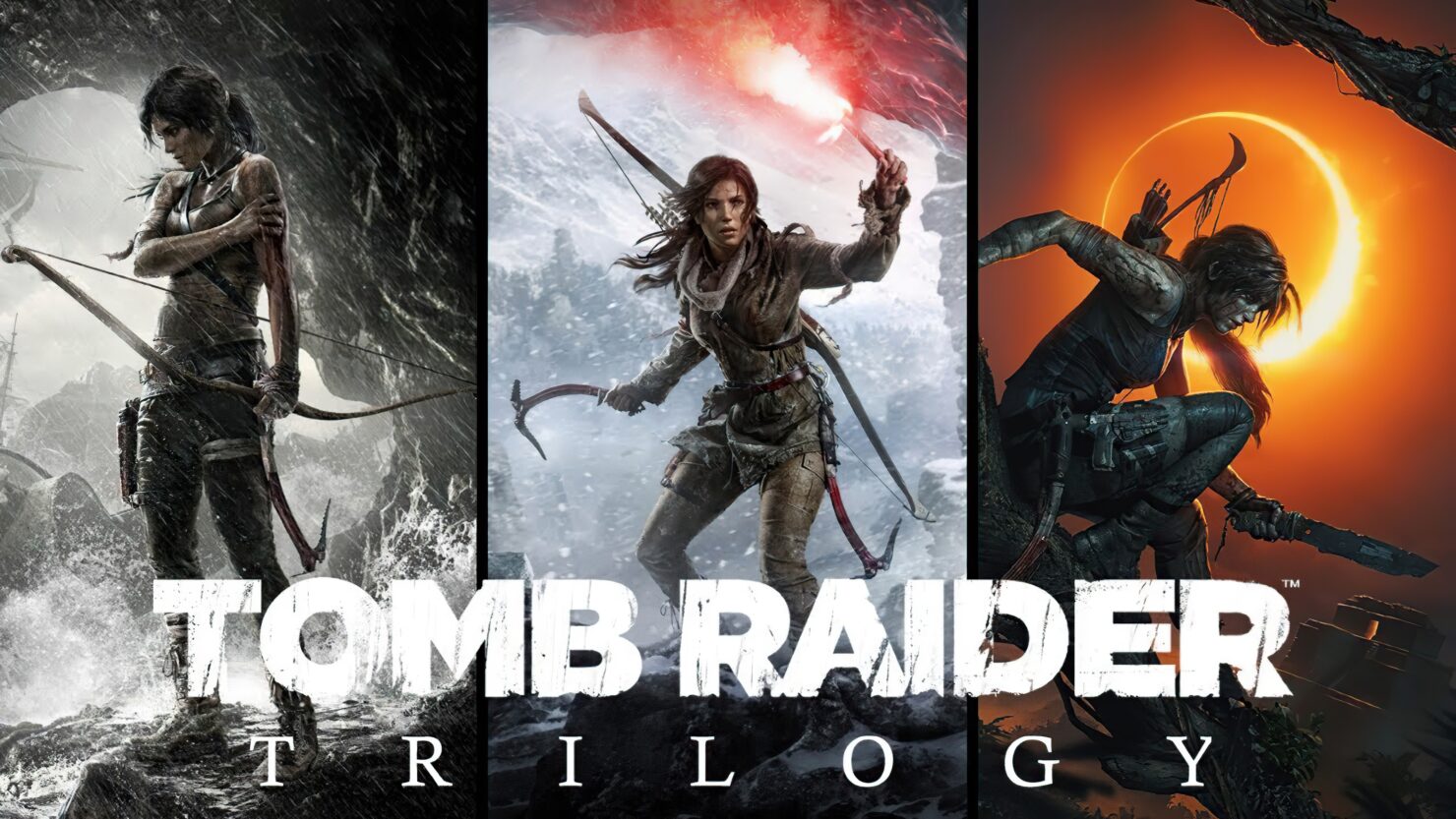

Whether she is actually alive or not players can’t determine until the end of the game. Picking up not long after the events of The Last Revelation, with Lara still missing and presumed dead, the gameplay in this instalment takes place through a series of recollections told by her friends during the funeral ceremony. Fortunately, Chronicles brought Lara back to the fore in the year 2000. This was the fifth game in the series and the direct sequel to The Last Revelation, which had some players wondering if Core Design (the developers of the early games) had actually killed off their beloved treasure hunter for good.
#Tomb raider series order mac
Platforms: PC, PlayStation, Dreamcast, Mac OSĭespite the uncertainty surrounding the character at the end of The Last Revelation, Lara Croft made something of a return in Tomb Raider: Chronicles. There’s some complex treasure-hunting thrown into the storyline for good measure, but on the whole, The Angel of Darkness is one of the more divisive Tomb Raider games, with many considering it to be the least popular for its poor game structure, combat controls and numerous plot holes and inaccuracies. She then finds herself wanted for a murder she didn’t commit, and players will spend the majority of the game on the run across Europe. The plot of the game effectively resurrected Lara after the uncertainty carried over from The Last Revelation and Chronicles, and finds her very much alive and now in Paris.
#Tomb raider series order ps2
Released in 2002, this was the first Tomb Raider game to be played on the PS2 and as such, was intended to bring improved graphics and animations to the franchise. Tomb Raider: The Angel of Darkness is the sixth game in the franchise and was the last of the games to be developed by the IP’s original team Core Design. The game features signature exploration and puzzle-solving across levels that include rooftops, caves, jungles and other urban areas like subways, railways and docks. Developed especially for the popular Nintendo handheld system, the game was released in 2001 and saw Lara pursuing members of a voodoo-practising cult across areas of New York, New Orleans and The Bahamas in order to undo a curse laid upon her after being slashed with a magical sword.

The second Tomb Raider game for the Game Boy Color, Tomb Raider: Curse of the Sword was a direct sequel to the first of a spin-off series for the franchise.

As an isometric version of the classic Tomb Raider games, this entry into the series is probably best described as being alright for its time, but there are probably somewhat more engaging titles in the franchise. Combat in Tomb Raider: The Prophecy features Lara’s established patterns of gunplay with her signature dual pistols, as well as equipping her with Uzi pistols and mystical golden guns. This was the first entry into the series that made use of a top-down, isometric style of gameplay, which offers players a very different way of navigating Lara through her customary level-based adventures. The third Tomb Raider game designed for a handheld system was Tomb Raider: The Prophecy. For historical research purposes, of course. After over 25 years at the forefront of the Tomb Raider franchise, we’ve seen her in a variety of different high-stakes adventures, but which of the titles comes out on top? If you’re yet to go exploring with Lara then you might want to check out this list of the best Tomb Raider games. As the protagonist of the Tomb Raider games, she set the precedent for strong female characters to lead the narrative in the gaming industry. The athletic archaeologist is also one of the industry’s most long-standing heroines. Lara Croft is one of gaming’s most iconic adventurers. #10 Lara Croft and the Guardian of Light.


 0 kommentar(er)
0 kommentar(er)
